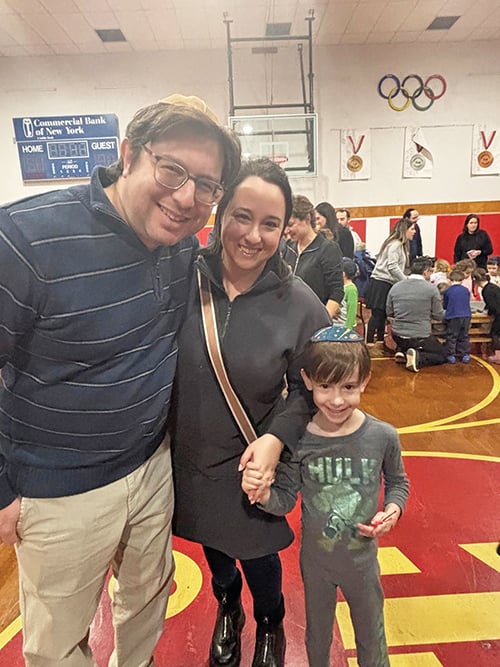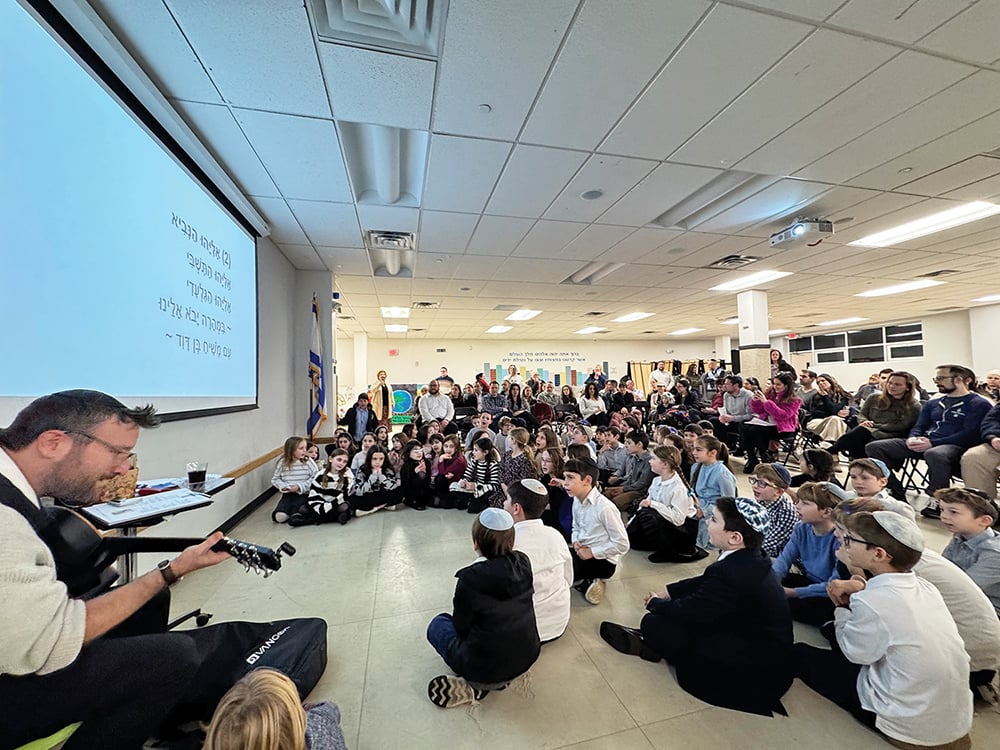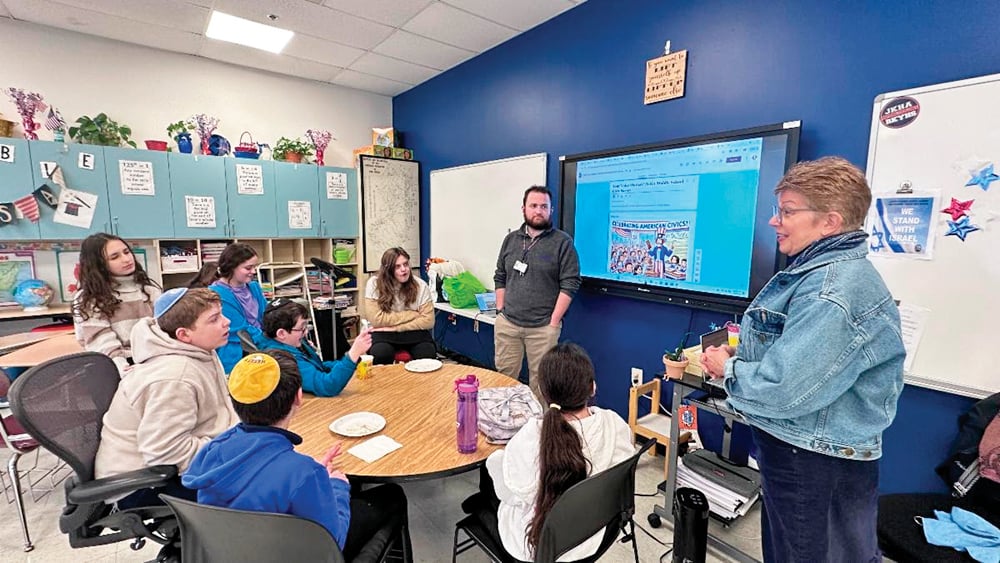(Courtesy of ParaFlight EMS) Among the victims of the COVID-19 pandemic are patients seeking potentially life-saving organ transplants in the United States, where there are more than 112,000 people on the national transplant waiting list. Although the rate of completed organ transplant surgeries dropped 50% between January and early April of 20201, the numbers for 2021 have gone up, especially from deceased donors—11% to be exact.2 The transplant rate, said Sim Shain, CEO of ParaFlight EMS and OrganFlights.com, picked up somewhat in the middle of last year, but has since been dampened by the infectiousness and persistence of the COVID Delta variant. “We’re better off than we were at the beginning of COVID,” said Shain, “and in a year or so we’ll be better off still. However, COVID has reduced the number of organ donors—you can’t transplant from an infected patient—so we’re still facing delays and long waits.”
These delays, noted Shain, exacerbate an already significant disparity in the obstacles faced by people of color. Black Americans, for example, suffer from a higher prevalence of diabetes and hypertension than whites. Though they constitute only 13% of the general U.S. population, they make up 35% of the transplant waiting list. However, Black patients receive only 25% of deceased-donor kidneys and just 15% of live-donor transplants.3
In the U.S., the procurement and allocation of organs for transplantation is handled by Organ Procurement Organizations (OPOs), each assigned to a specific geographical area. In late 2020, the Centers for Medicare and Medicaid Services issued a new set of rules and performance standards for OPOs, which will take effect in 2022.4 These new regulations will determine the eligibility of any given transplantation for Medicare or Medicaid coverage and are expected to address at least some of the inequities in the current system.
However, to operate at peak effectiveness, the U.S. organ transplant system also needs to deal with its logistical issues,” said Shain. “There is a shortage of aircraft. Fuel costs have gone up. The FAA only allows pilots to work up to 60 hours a week. This includes flight time, prepping the aircraft, filing their flight plans, waiting in between departure and return flights etc. The solution is more pilots and more aircraft—but how do you get them?”
Working off the basis that aircraft run for longer periods than the pilots, Shain suggests that “if a company has sufficient pilots, once the first team of pilots are back from their mission, the next ones can sign on.”
Another approach, which Shain applies to his own company, is a network of alliances among organ transplant flight providers. This, he noted, emphasizes creativity and the availability of options. If a delivery to Hospital A can’t happen for some reason, he suggests Hospital B, C or D should be on the list. Organs have a limited survival time out of the body; given the need and the size of the waiting list, delays should not be the cause of organ waste.
The root of a solution to this problem, Shain suggested—both in terms of efficiency and fairness—lies in an alliance of some sort among the OPOs, of which there are currently 58, and the nation’s charter flight and medical air transport providers, creating a coast-to-coast (and beyond) system for transplant planning and logistics. “We need a network,” he said, “and we need to get creative. What really matters is getting the organ to the recipient in time to save a life. Our job is to juggle things around and make that happen.”
About ParaFlight EMS and Aviation and Organ Flights
Shain has led a remarkable 27-year career working in the pre-hospital emergency medical space. He is a noteworthy leader who takes on challenging responsibilities leading corporate, medical and charity flights and missions specializing in organ transplants. He is a devoted volunteer who contributes towards numerous well-known organizations such as Chai Lifeline’s Camp Simcha, United Hatzalah of Israel, The Special Children’s Center, Birthright Israel and providing Hatzolah EMS, in-flight medical support to children with cancer and disabilities, free of charge. ParaFlight EMS and Aviation and OrganFlights.com personify his lifelong mission of “changing the world, one organ at a time.” For more, visit www.paraflight.aero and www.OrganFlights.com.
1. “Steep Decline in Organ Transplants amid Covid-19 Outbreak.” Penn Medicine, pennmedicine.org/news/news-releases/2020/may/steep-decline-in-organ-transplants-amid-covid19-outbreak.
2. United Network for Organ Sharing newsroom; 05 August 2021; UNOS; https://unos.org/news/on-pace-for-40000-transplants-record/
3. Ladin, K. et al. “Framing Disparities along the Continuum of Care from Chronic Kidney Disease to Transplantation: Barriers and Interventions.” American Journal of Transplantation: Official Journal of the American Society of Transplantation and the American Society of Transplant Surgeons, U.S. National Library of Medicine, Apr. 2009, ncbi.nlm.nih.gov/pmc/articles/PMC2697924/.
4. “Organ Procurement Organization (OPO) Conditions for Coverage Final Rule: Revisions to Outcome Measures for OPOS CMS-3380-F.” CMS, cms.gov/newsroom/fact-sheets/organ-procurement-organization-opo-conditions-coverage-final-rule-revisions-outcome-measures-opos.













